Cyclists no longer eat real food during races
The nutrition of the cyclist during a race nowadays is measured meticulously. This implies a planning of what to ingest during the race with products capable of being assimilated quickly and reducing the possibility of intestinal problems to a minimum. This has relegated the banana, traditionally considered as the natural energy bar, and other options that were once common in the feed bags such as small sandwiches and other fruits, to oblivion.
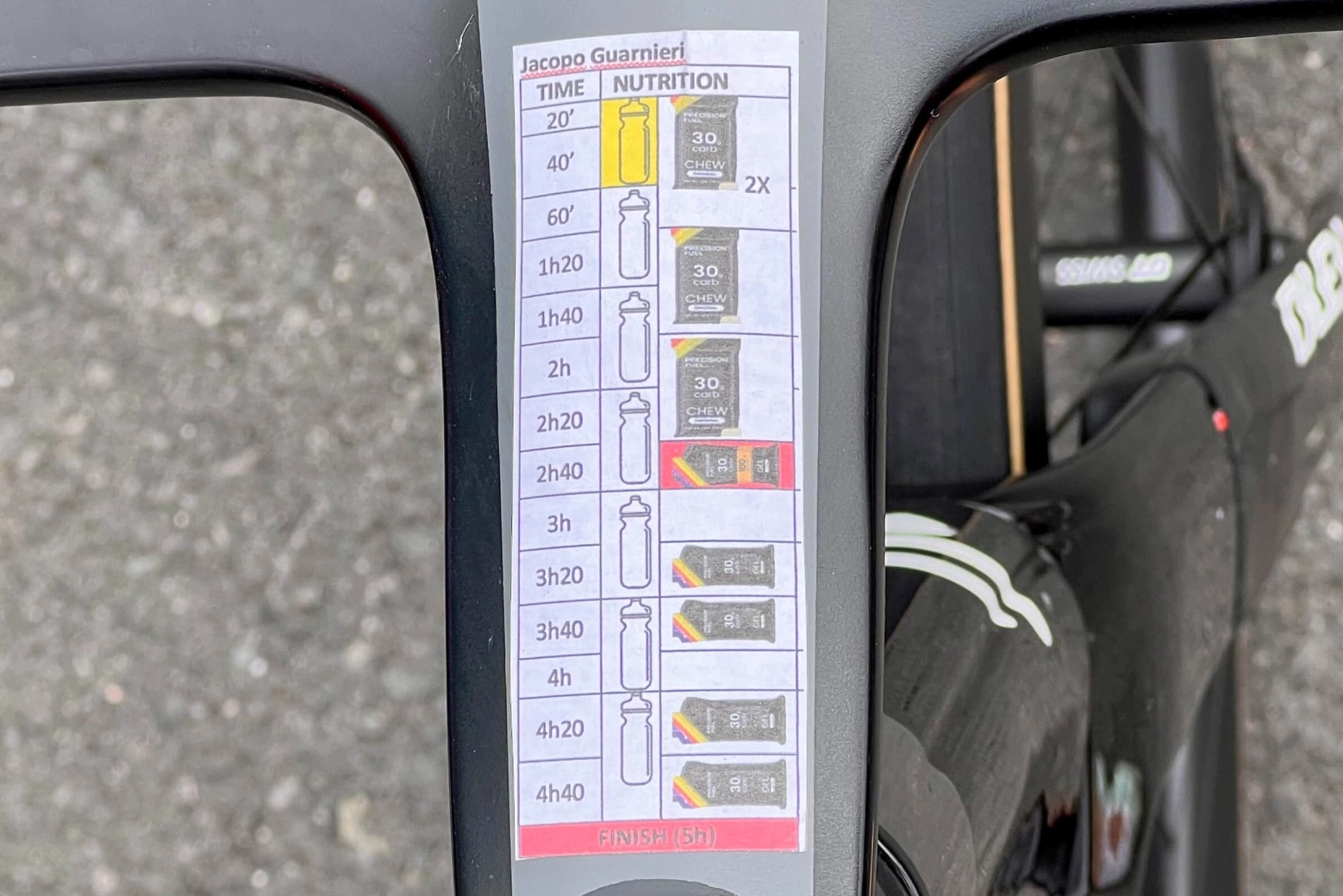
Total control of the cyclist's nutrition transforms the feed bags during the race
Monotonous, that's how the nutrition of the cyclist during races could be defined, and that's because, nowadays, with the scientific approach that has taken over cycling, everything has to be meticulously measured and planned so that it results in the maximum performance of the athlete.
This implies not only that cyclists go to races with an exact plan of when to drink water or energy/isotonic drinks but also of at what kilometer to eat and in what quantity. A nutrition that is kept under total control, reducing it only to nutrition products provided by the sponsor in this aspect of the team, of which their composition and how much energy and nutrients they provide are known exactly.
RECOMENDADO
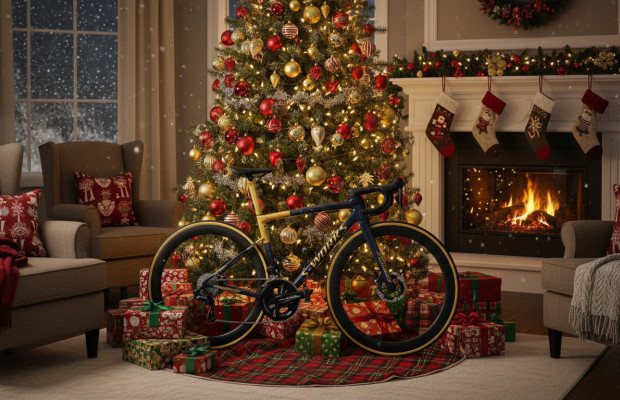
25 cycling gifts ideas to get it right

When do helmets have to be changed? Do they have an expiration date?
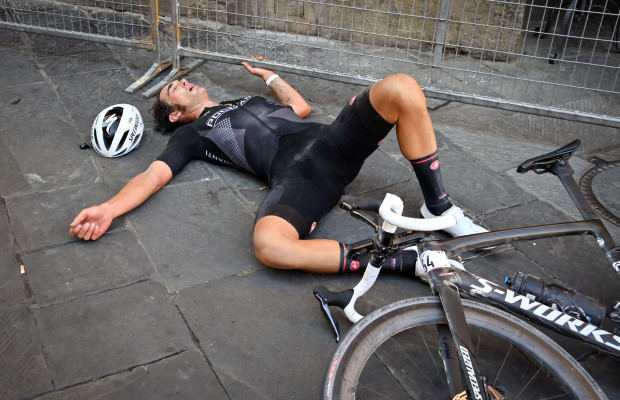
How many days should a cyclist rest per week?
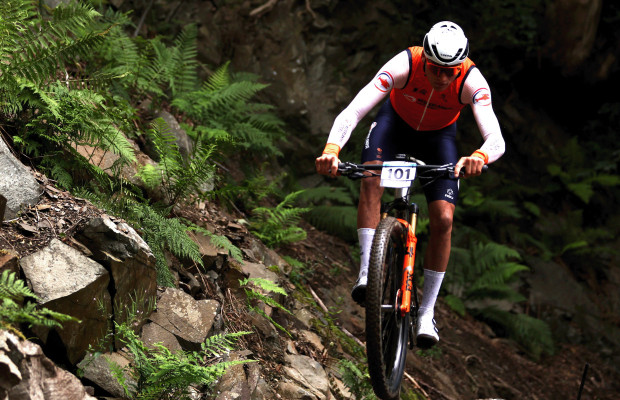
Some reasons to stay away from the road in winter
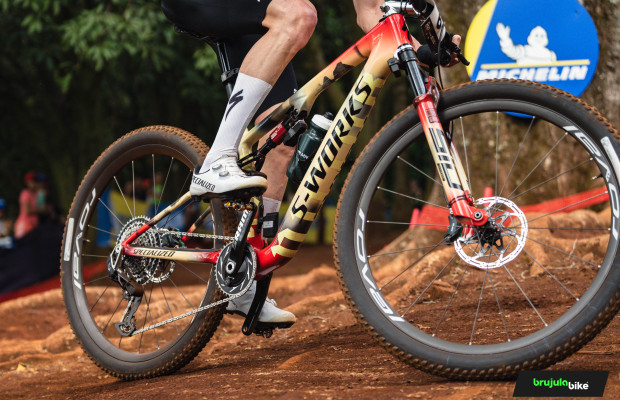
S-Works: what does it really mean and where does Specialized's most exclusive label come from?
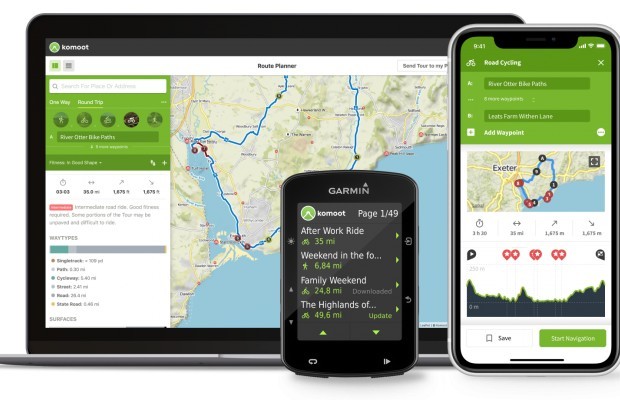
The best apps for cycling and mountain biking
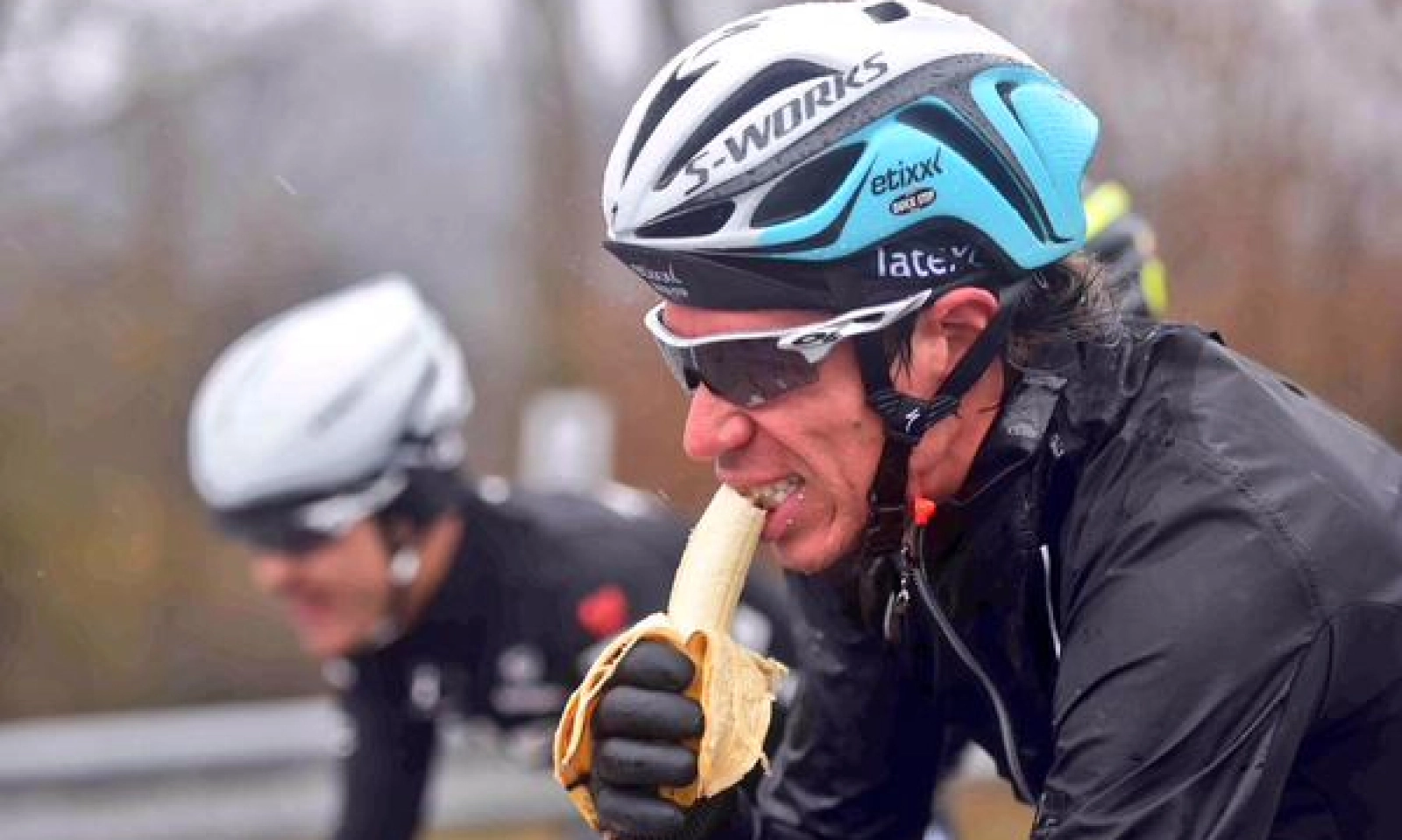
Options that were once common in the pockets of cyclists such as small sandwiches, dates, nuts, or the omnipresent bananas, considered for decades as the natural energy bar, have long been left behind, both for their energy contribution, about 25 grams of carbohydrates, similar to conventional gels, and for their easy-to-remove packaging format, which is biodegradable and can be thrown away without a problem.
However, the problem with conventional food is that, with the energy intake needed today to perform at maximum, more than 100 grams of carbohydrates per hour, using, for example, bananas would mean ingesting more than 5 bananas per hour. If extrapolated to a 5-hour stage, the reality is that no stomach can withstand that, especially if that consumption is done while pedaling at full effort.
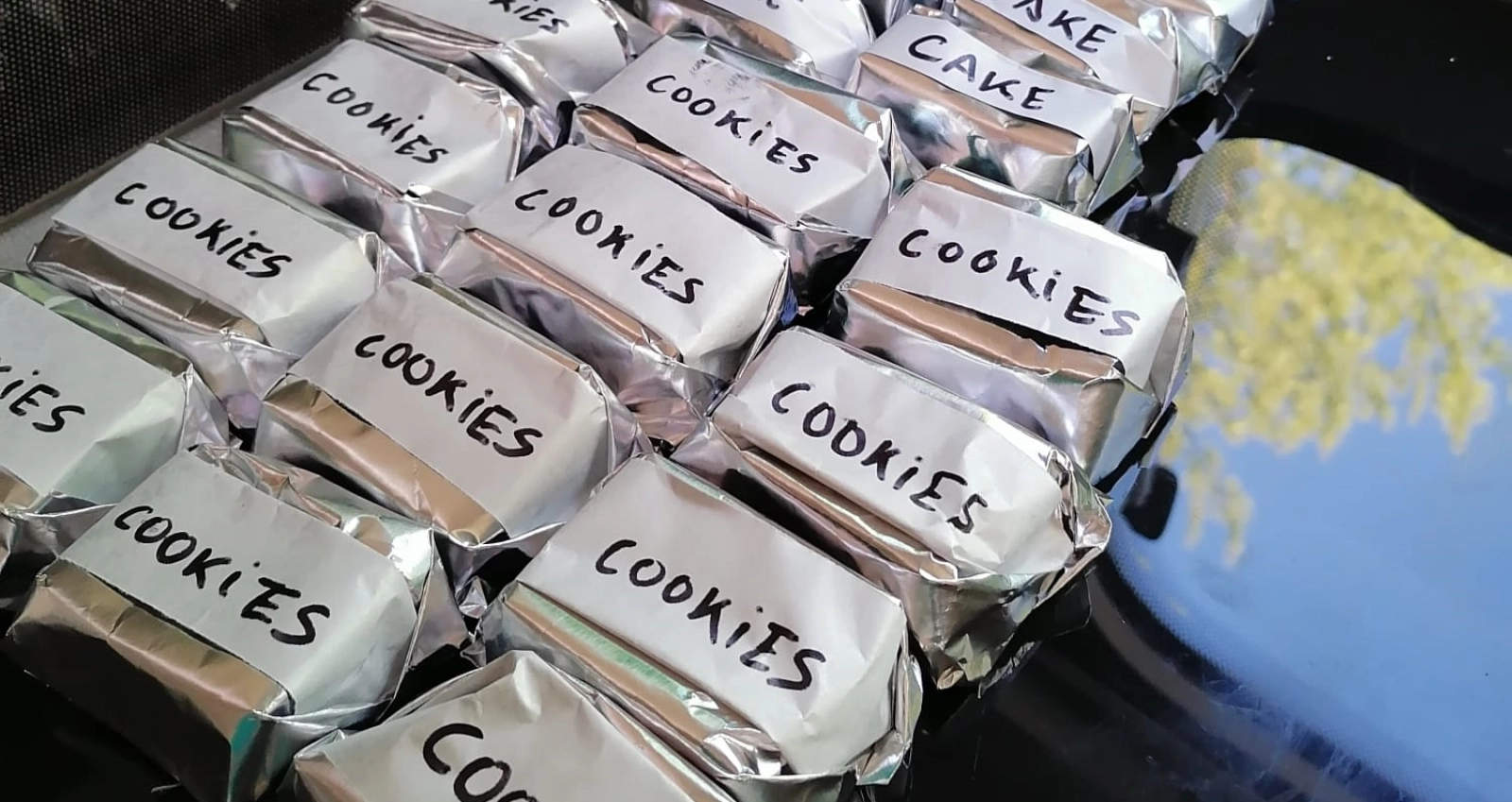
On the other hand, nutrition companies have been studying different formulations of their products for years, adjusting the proportions of different types of carbohydrates, using attractive flavors, etc. to allow them to be assimilated by the body extremely quickly, which allows for those huge energy inputs without causing gastric problems.
The only traditional food that still survives in the feed bags of some teams are rice cakes, a very simple delicacy to prepare for the assistants, with a high energy contribution and very assimilable for the cyclist. However, its use is occasional and is maintained only to break the monotony of consuming only gels for so many hours.